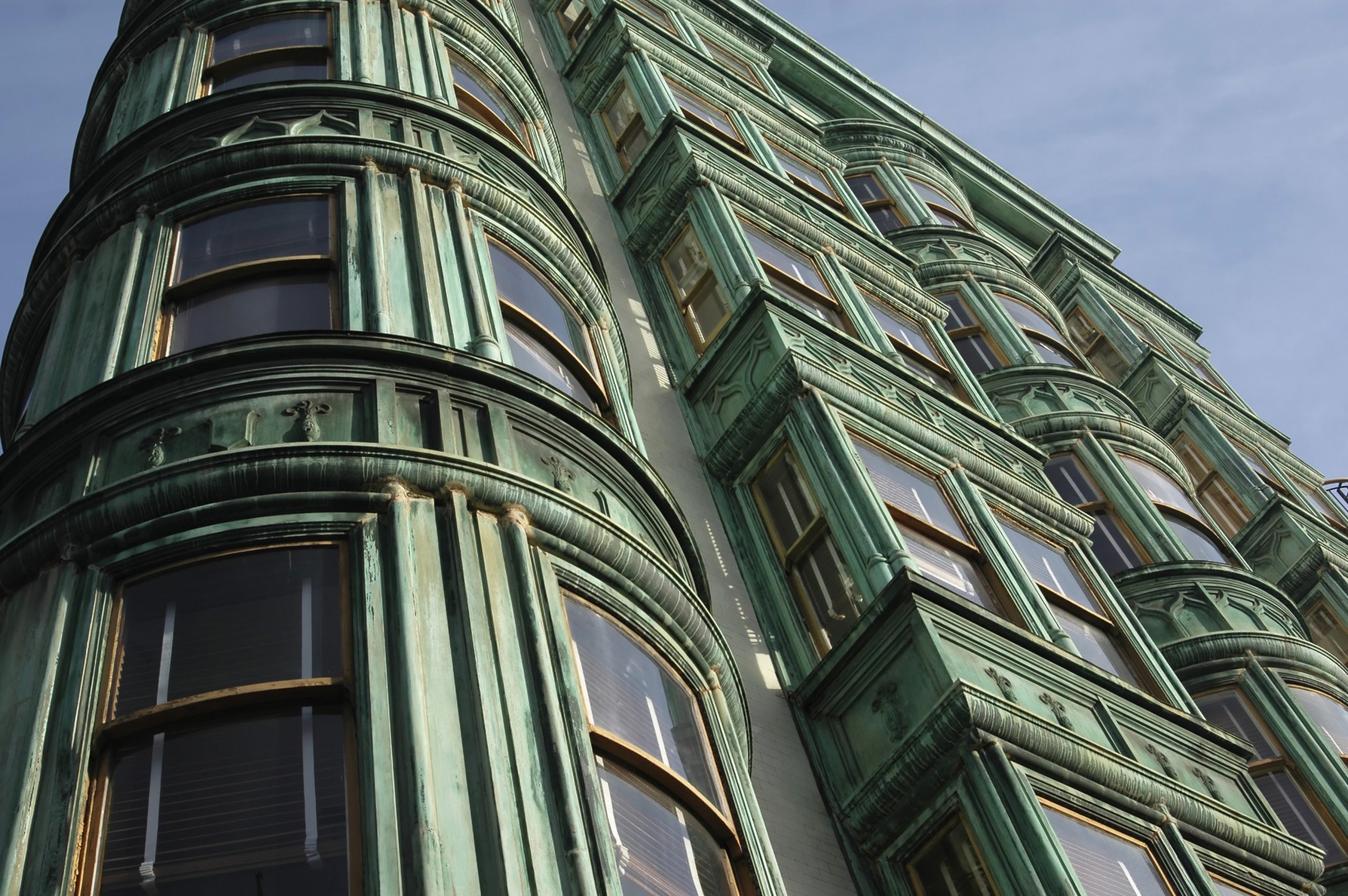Windows have always played a crucial role in architecture, providing light, ventilation, and a connection to the outside world. Over the centuries, window design has evolved dramatically, influenced by technological advancements, cultural shifts, and changing architectural styles. This article explores the fascinating history of window design, tracing its development from ancient times to the modern day.
Windows in Ancient Civilizations
Early Beginnings The concept of windows began with simple openings in walls, designed primarily for light and ventilation. In the earliest dwellings, such as those found in ancient Mesopotamia and Egypt, windows were little more than small holes or slits in the walls. These openings were often covered with materials like animal skins, wood, or stone to protect against the elements while still allowing some light to enter.
Egyptian and Mesopotamian Windows In ancient Egypt and Mesopotamia, windows were small, unglazed openings in mud-brick or stone buildings. These civilizations used latticework or wooden screens to provide privacy and shading, a precursor to more sophisticated window coverings used in later periods. While these early windows were rudimentary, they marked the beginning of architectural efforts to balance light, air, and security.
Roman Innovations The Romans made significant advancements in window design, including the introduction of glass. Around 100 AD, the Romans began using small, thick pieces of glass in windows, although these were typically reserved for the wealthiest citizens. Roman windows became more sophisticated, with larger openings and the use of glass allowing for better light while still offering protection from the elements. This innovation laid the groundwork for future developments in window design.
Medieval and Renaissance Windows
Medieval Europe During the medieval period, window design in Europe was largely influenced by the need for defense. Castles and fortresses featured small, narrow windows that served as arrow slits and allowed minimal light. However, in religious buildings like Gothic cathedrals, windows became much larger and more decorative. The development of stained glass windows during this period added a new dimension to window design, combining artistry with function. Wooden shutters were also introduced, providing protection and insulation during cold weather.
Renaissance Period The Renaissance brought a revival of classical architecture, leading to larger, more decorative windows. Architects began incorporating mullioned windows—windows divided into smaller panes by vertical and horizontal bars—into both grand public buildings and private homes. Leaded glass windows also became popular during this time, with intricate designs and patterns that enhanced the aesthetic appeal of buildings. This period marked a significant shift towards more elaborate and expressive window designs.
Windows in the 17th to 19th Centuries
Baroque and Rococo Windows The Baroque and Rococo periods saw the introduction of elaborate window designs, characterized by ornate frames and decorative elements. Large sash windows became common in palaces and grand homes, reflecting the opulence of the era. These windows often featured intricate carvings and were designed to be a focal point of the building’s facade.
Georgian and Victorian Windows The 17th century saw the development of the double-hung sash window in England, a design that would become a hallmark of Georgian and Victorian architecture. Georgian homes often featured symmetrical window arrangements, with evenly spaced, identical windows that emphasized balance and proportion. The Victorian era introduced bay and bow windows, which projected outward from the building, adding space and light to the interior while creating a distinctive architectural feature on the exterior.
The 20th Century to Modern Day
Early 20th Century The early 20th century brought significant changes to window design, driven by advancements in materials and industrialization. Steel and aluminum began to be used in window frames, allowing for larger windows with slimmer profiles. The rise of modernist architecture emphasized large, industrial-style windows that flooded interiors with natural light. These windows became a defining feature of modern homes and commercial buildings.
Post-War Era Following World War II, the popularity of picture windows soared, particularly in mid-century modern homes. These large, fixed-pane windows offered expansive views and maximized natural light. Sliding and casement windows also gained popularity during this period, valued for their functionality and clean lines. The post-war era marked a shift towards more practical and accessible window designs, reflecting the needs of a growing middle class.
Late 20th Century to Present In the latter half of the 20th century, energy efficiency became a key concern in window design. The development of double-glazed windows, Low-E coatings, and inert gas fills helped improve insulation and reduce energy consumption. Custom and designer windows became more common, allowing homeowners to tailor window designs to their specific needs and preferences. Today, smart windows, which can adjust their opacity or tint in response to environmental conditions, represent the latest innovation in window technology.
The Cultural and Functional Impact of Windows
Windows as a Reflection of Social and Cultural Change Throughout history, window designs have mirrored social and cultural shifts. From the ornate windows of the Baroque period, reflecting wealth and status, to the minimalist windows of modernism, emphasizing function and simplicity, windows have always been a reflection of the times. They have served as a canvas for artistic expression, a means of social signaling, and a functional necessity.
Windows and Technological Advancements Technological advancements have played a crucial role in the evolution of window design. Innovations in glassmaking, the introduction of new materials, and the development of energy-efficient technologies have all contributed to the windows we use today. As we look to the future, windows will likely continue to evolve, incorporating smart technology, automation, and sustainable materials to meet the demands of modern living.
Conclusion
The history of window design is a testament to the enduring importance of windows in architecture and daily life. From the simple openings of ancient times to the sophisticated, energy-efficient designs of today, windows have evolved to meet the changing needs and desires of society. As we move forward, windows will continue to play a vital role in shaping our homes and buildings, reflecting both technological advancements and cultural trends.

